The Art of Being a Woman
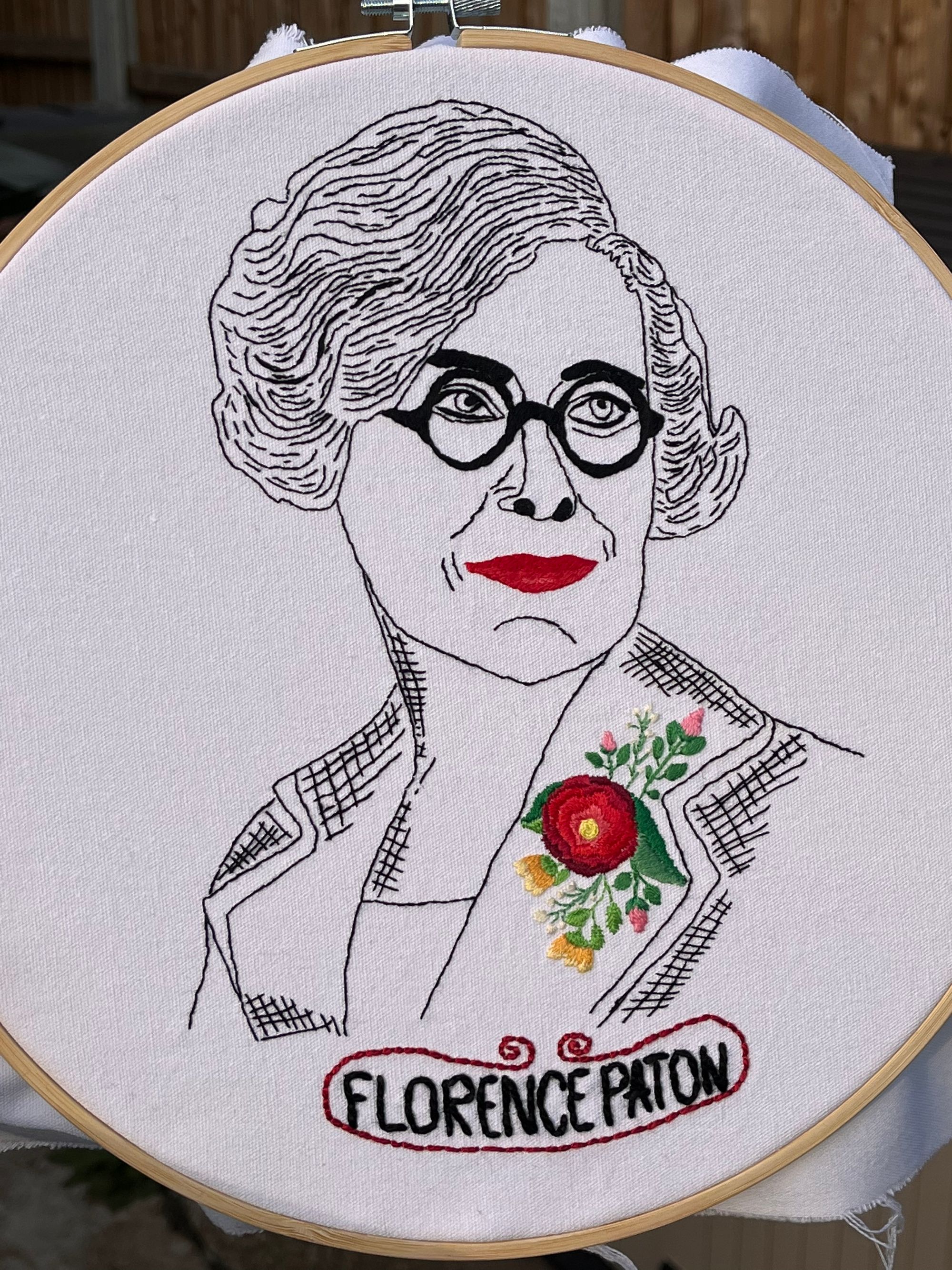
Honouring the achievements of East Midlands and Nottinghamshire women through my embroidery.
It was Virginia Woolfe who said, ‘Anon…was often a woman.’ But women no longer accept the anonymity that was often the lot of our female forbears. What’s more, we should seek to celebrate the successes of regional women of note, indeed we must. Now is the time to remember our local female heroes of the recent past before they are lost to anonymity. And I have every intention of doing just that.
Inspired by my love of embroidery and history, I’ve conceived a rather ambitious project: to celebrate women from my local area of Nottingham, UK from the late Victorian to the latter 20th century. How will I be paying tribute to them? By embroidering their portraits, exhibiting select pieces and raising awareness of their contribution to society through social media. These women’s lives are worthy of being remembered and I can’t think of a better way to honour them than by turning them into works of art.
Let’s start with one of these women: Florence Paton. Born in Somerset to working class family, Paton used her education wisely to become a schoolteacher in Wolverhampton and a Methodist lay preacher. Her liberal principles and desire to advocate for women’s rights saw her stand for Parliament first 1917 when she was only 26. She stood again in 1928, 1929, 1932 and 1933 but remained unelected until 1945 when her resilience paid off. When Florence Paton, went to the houses of Parliament for the first time, she also went as the first female Nottinghamshire Member of Parliament (MP).
For sheer determination in the face of adversity, Florence Paton, MP, deserves our praise. But the thing that moves me personally is that she used her role as MP to work tirelessly on behalf of the disenfranchised and the marginalised. She opposed unnecessary militarism, raised awareness of poor conditions suffered by female prisoners and advocated for the abolition of the death penalty.
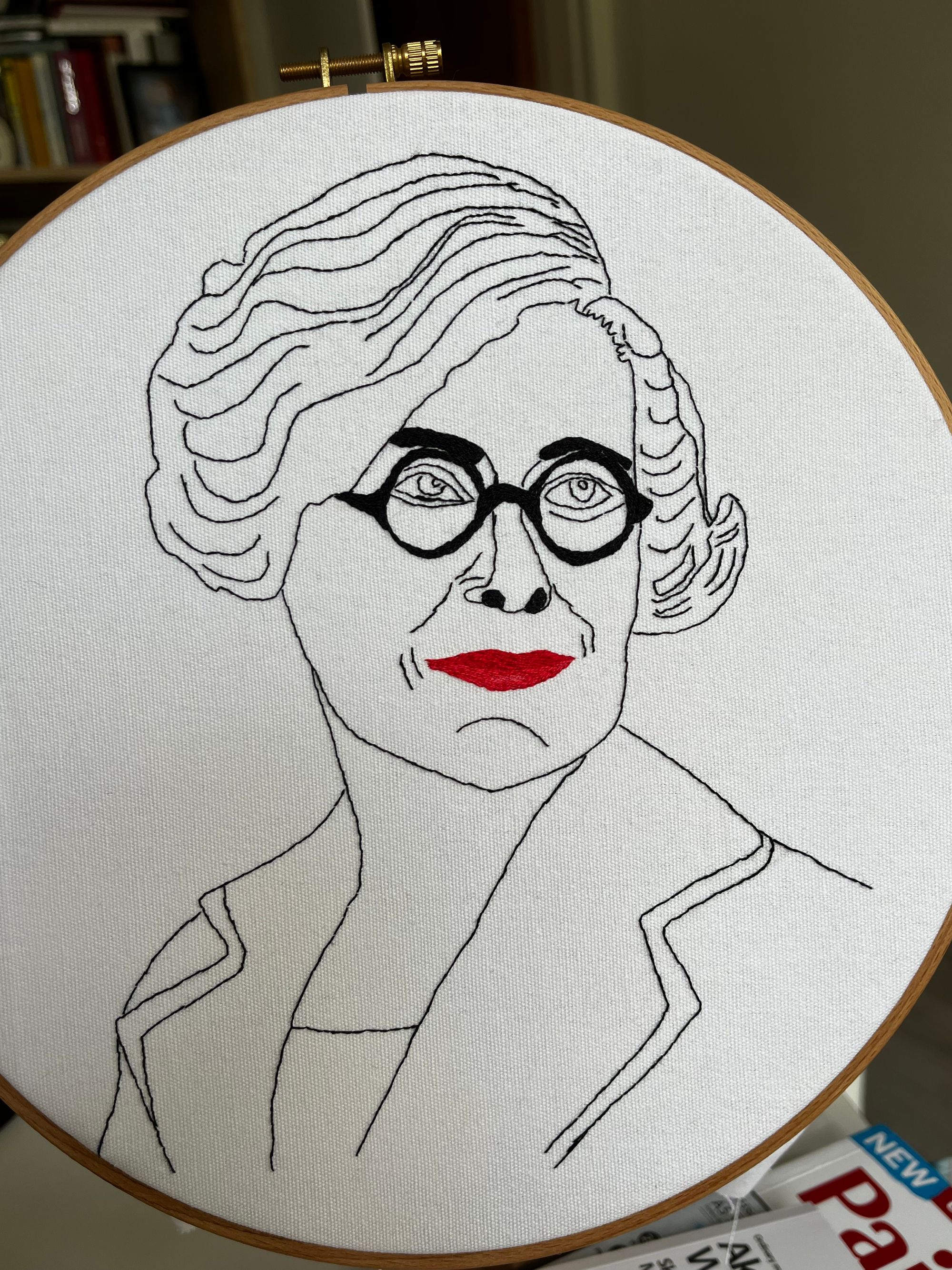
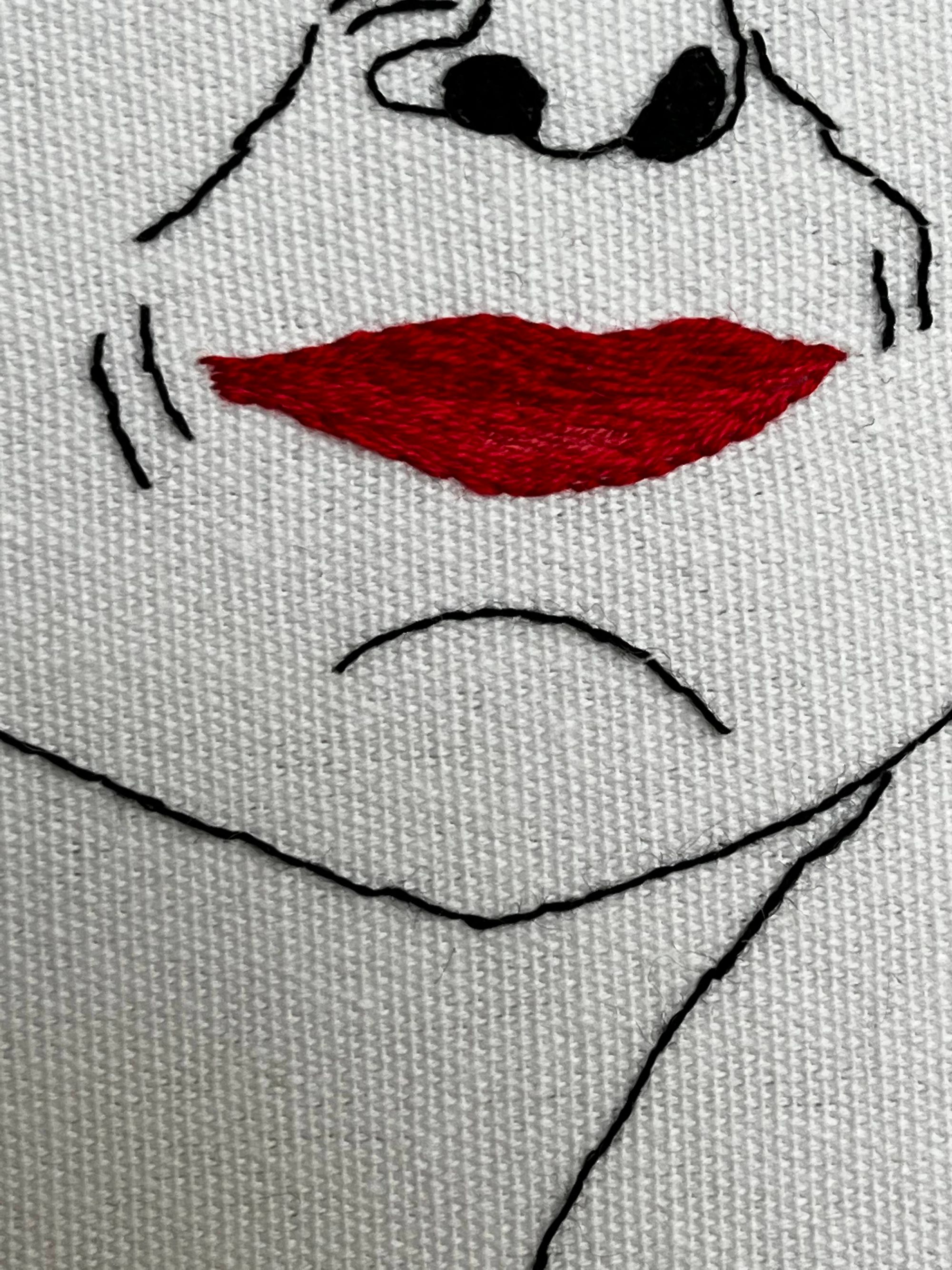
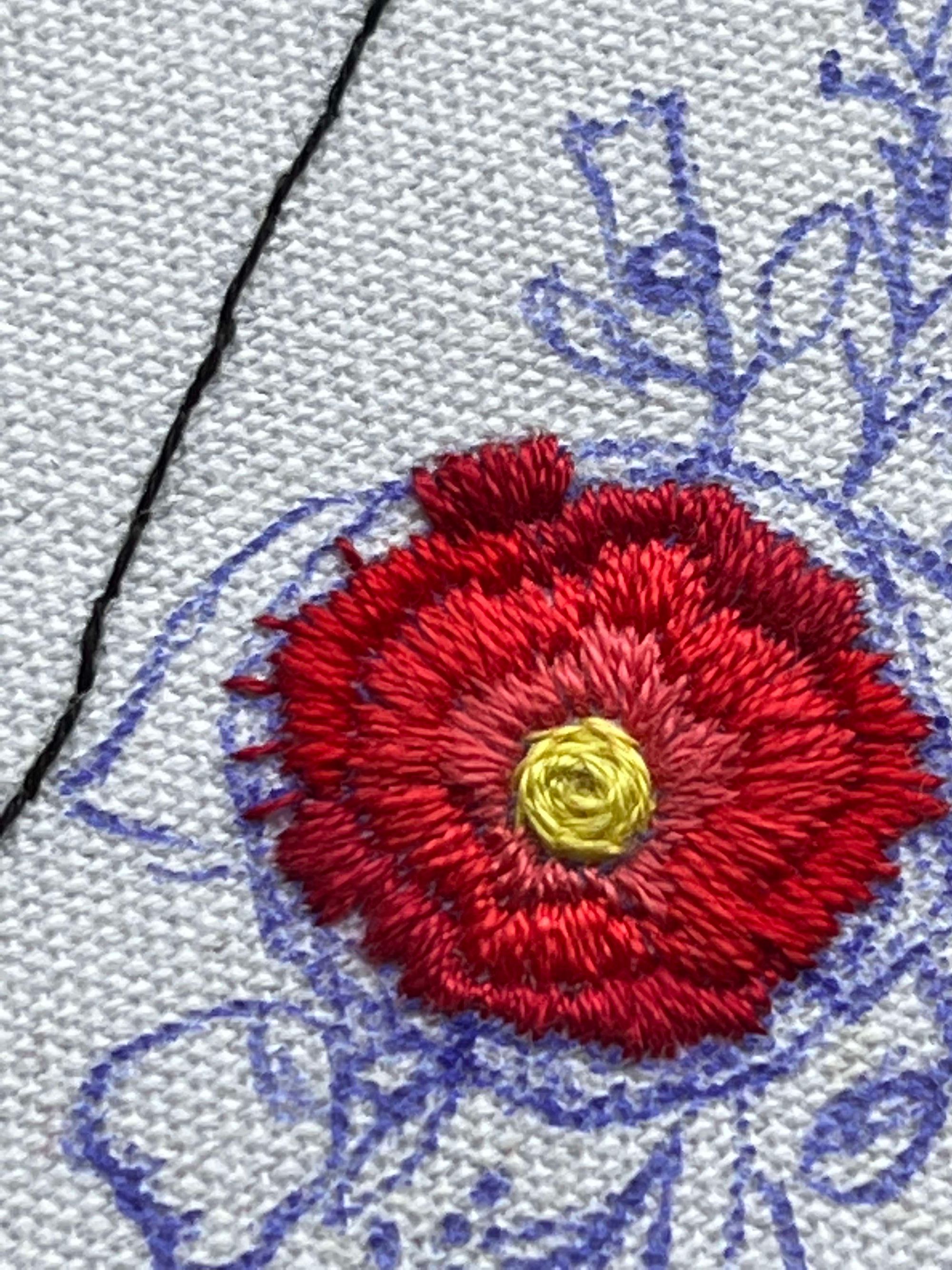
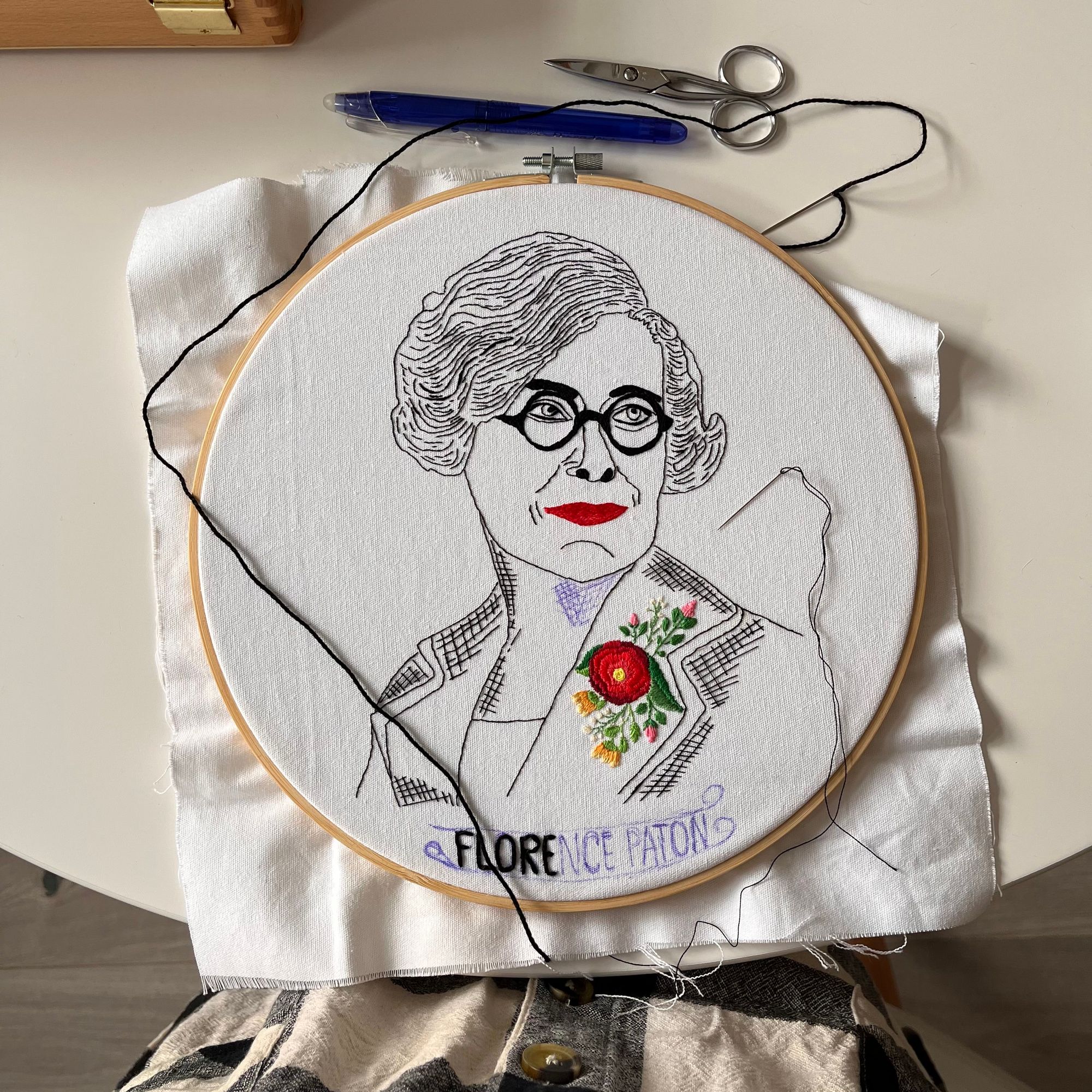
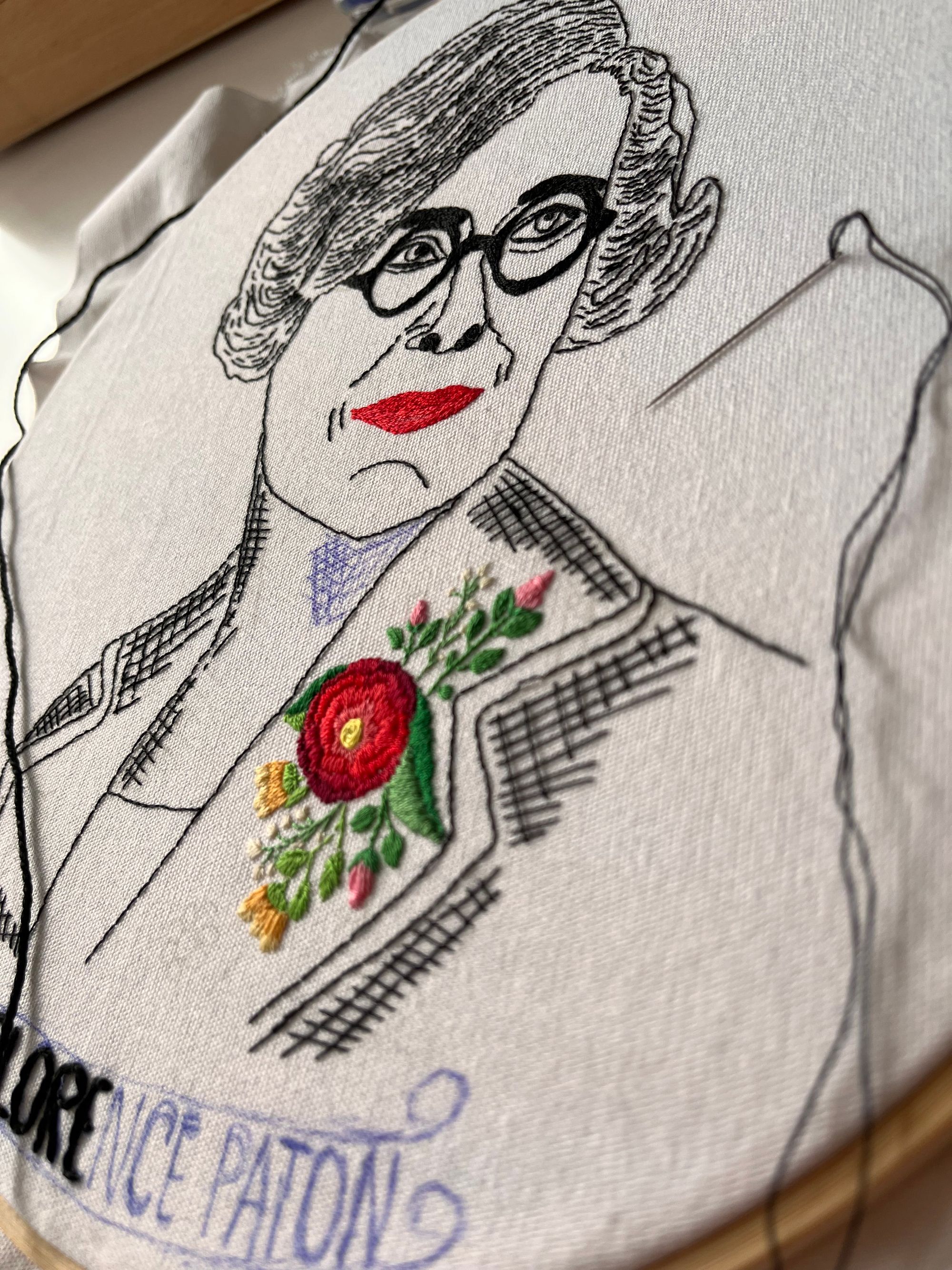
What I find so impressive about Paton is that despite the perceptions of gender during the early to mid-20th century, she blazed a trail for women in Parliament and high office. Not only did she become the first woman to preside over the House of Commons, in 1948, but after her parliamentary days were over, she became a member of the Royal Commission for common land.
After that brief look at Florence Paton’s tremendously full life of service, you can see why I found her such an inspiration. And why I chose to honour her through my embroidery. To find out more about my embroidery process as well as follow along with my forthcoming portraits of other distinguished women from the East Midlands and Nottinghamshire, follow me on Instagram.
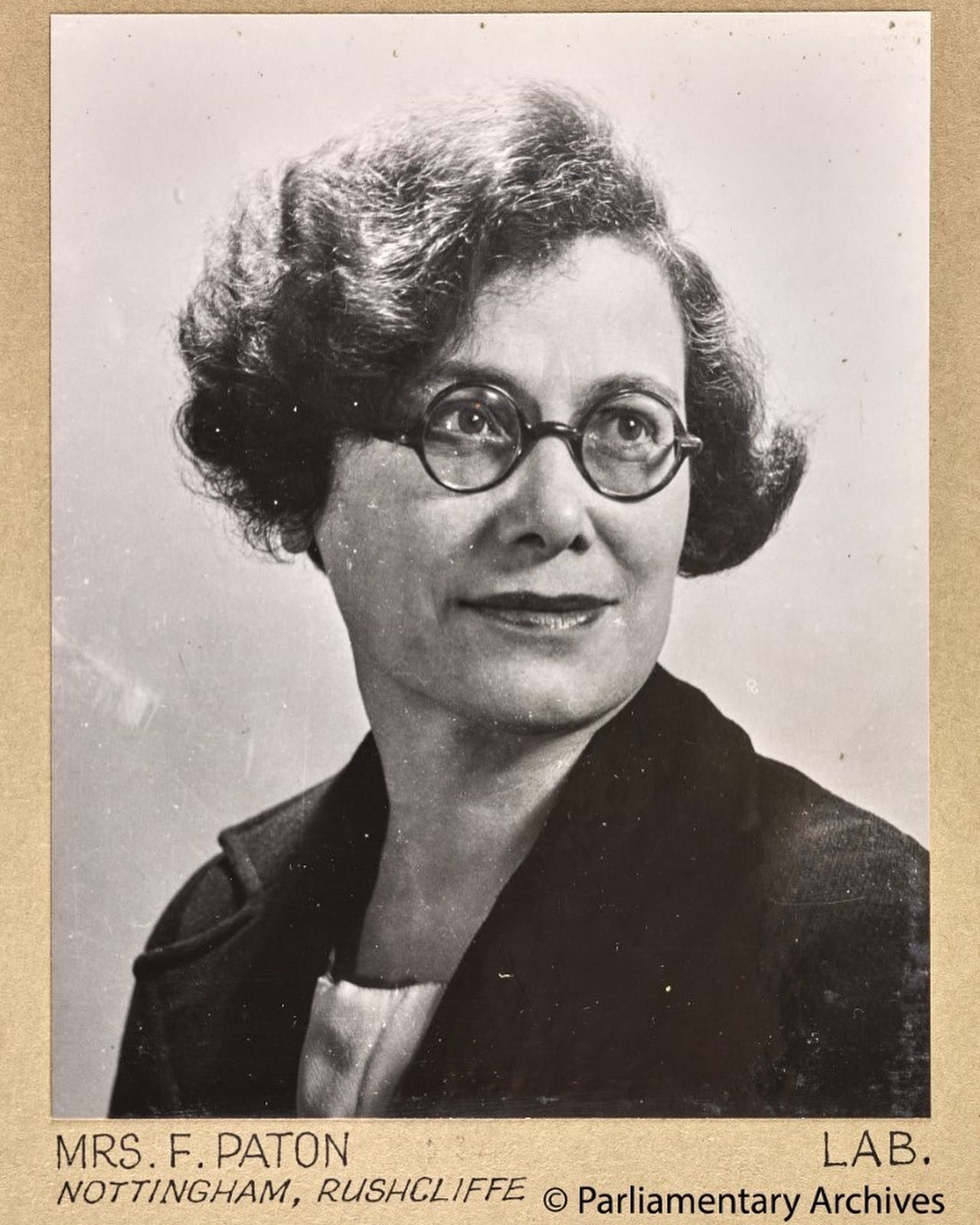
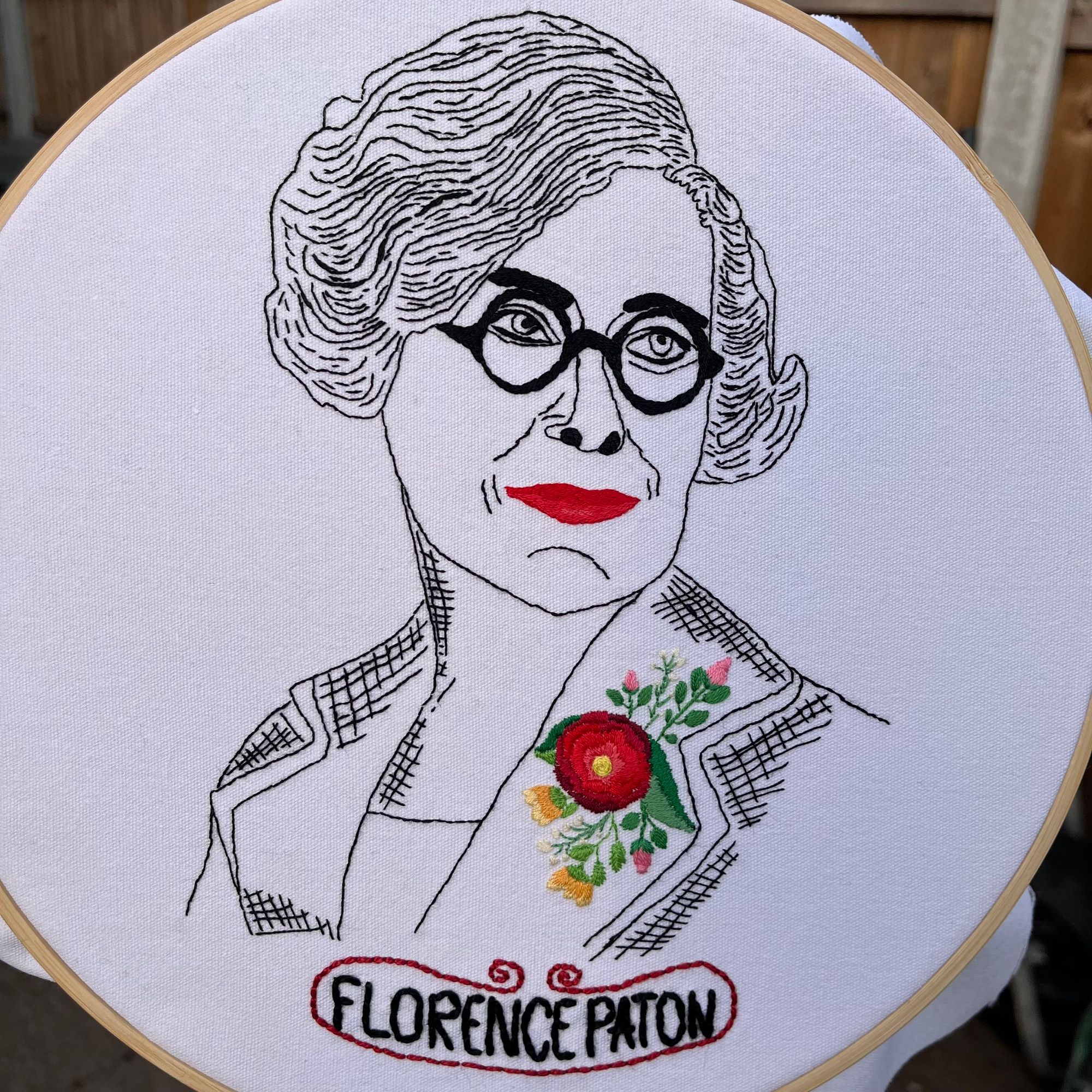
I hope that you find my portraits a fitting tribute to these strong women who sought to empower others. I hope, too, that my work inspires you to find out more about Florence Paton, MP, and other women who fought against the injustices of this world. After all, without them we would not enjoy the many privileges we have today, and whose legacy we should be proud to celebrate.
